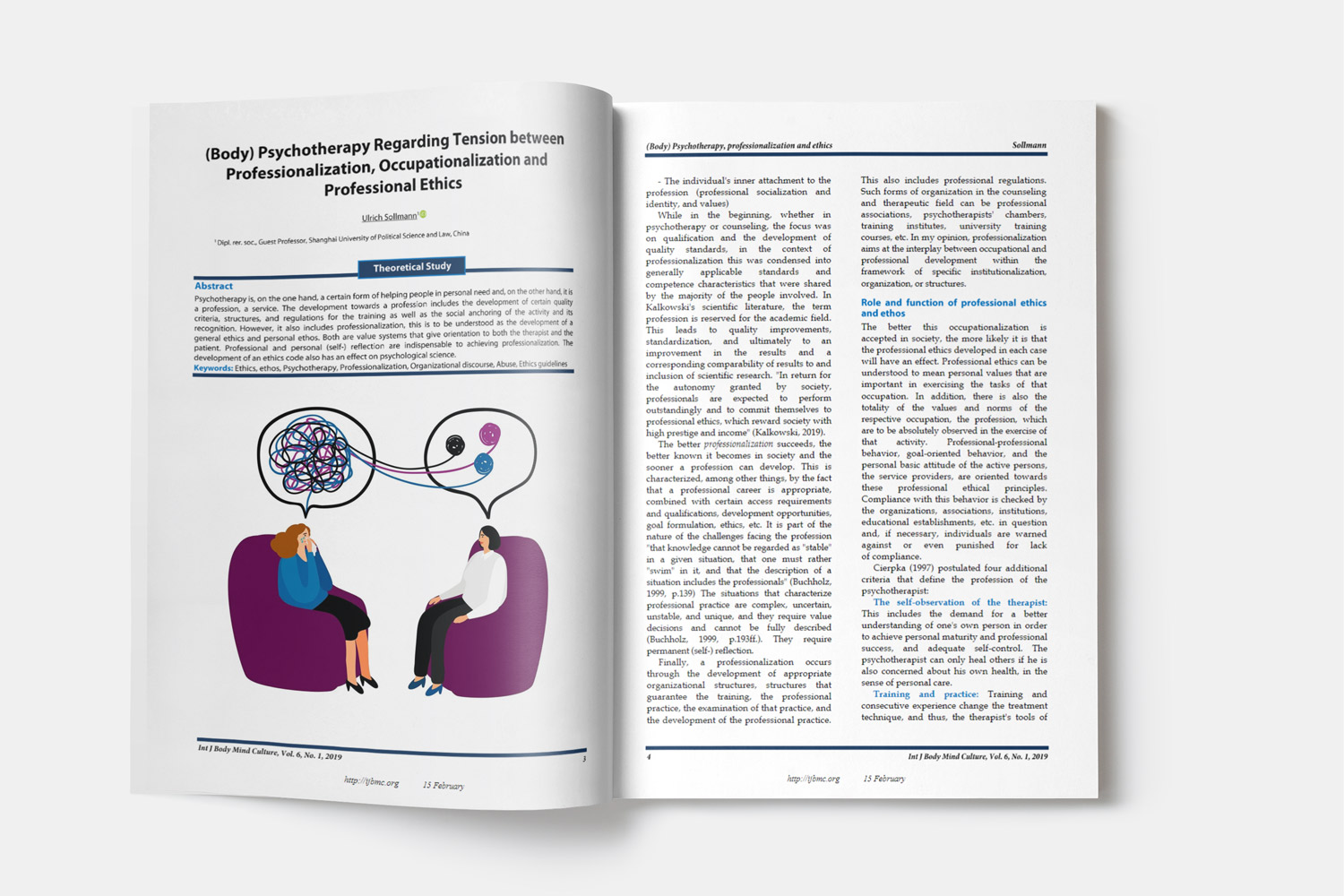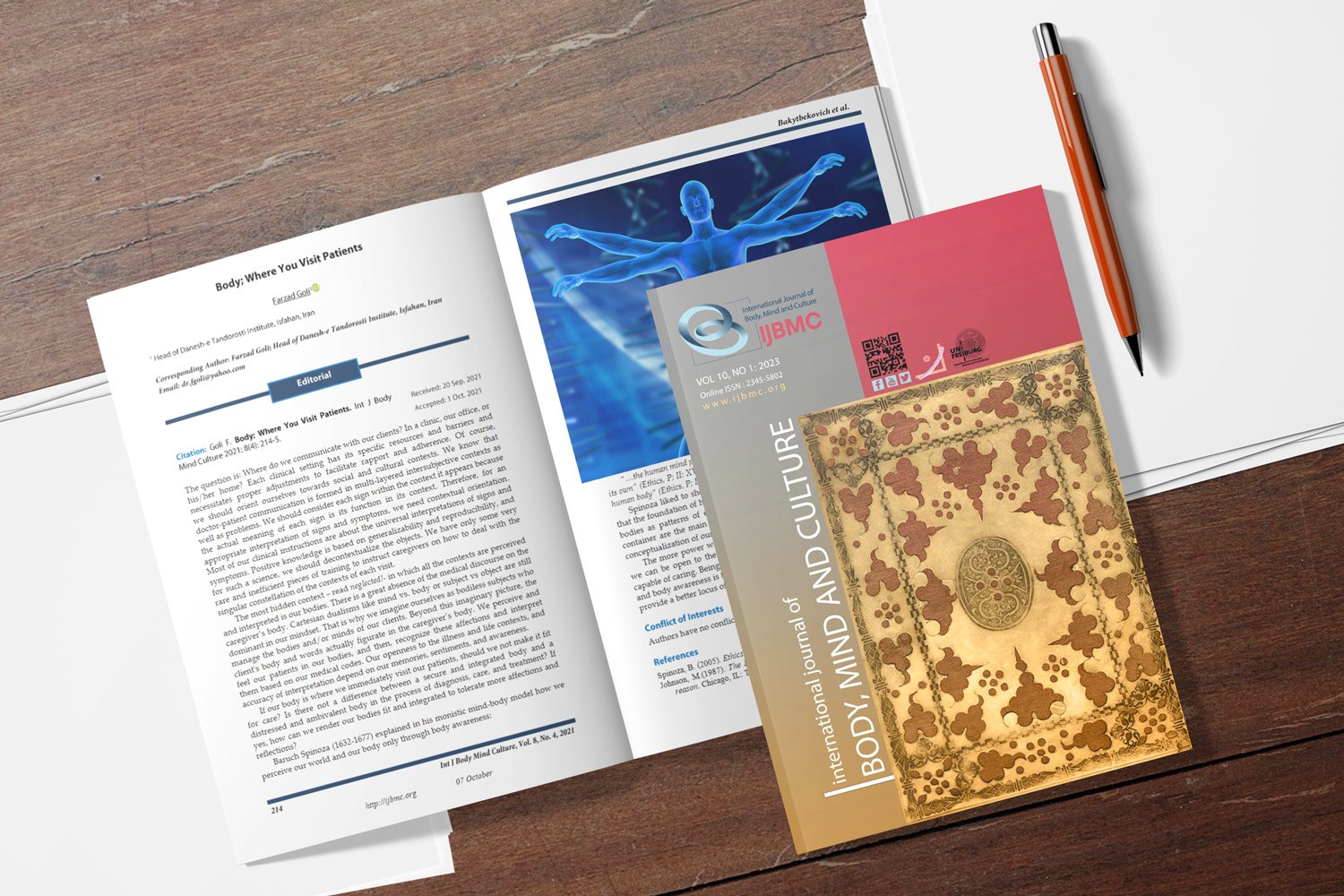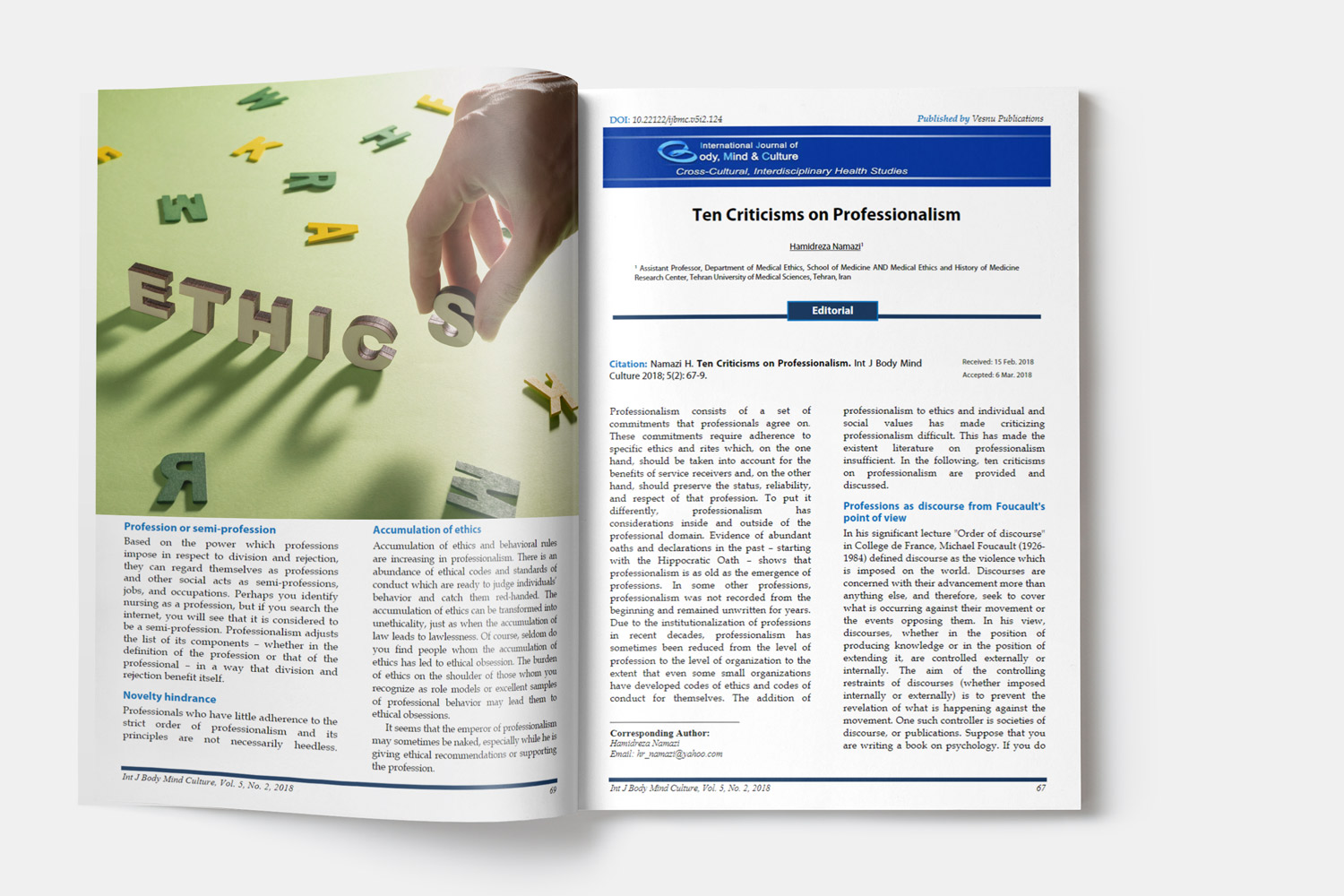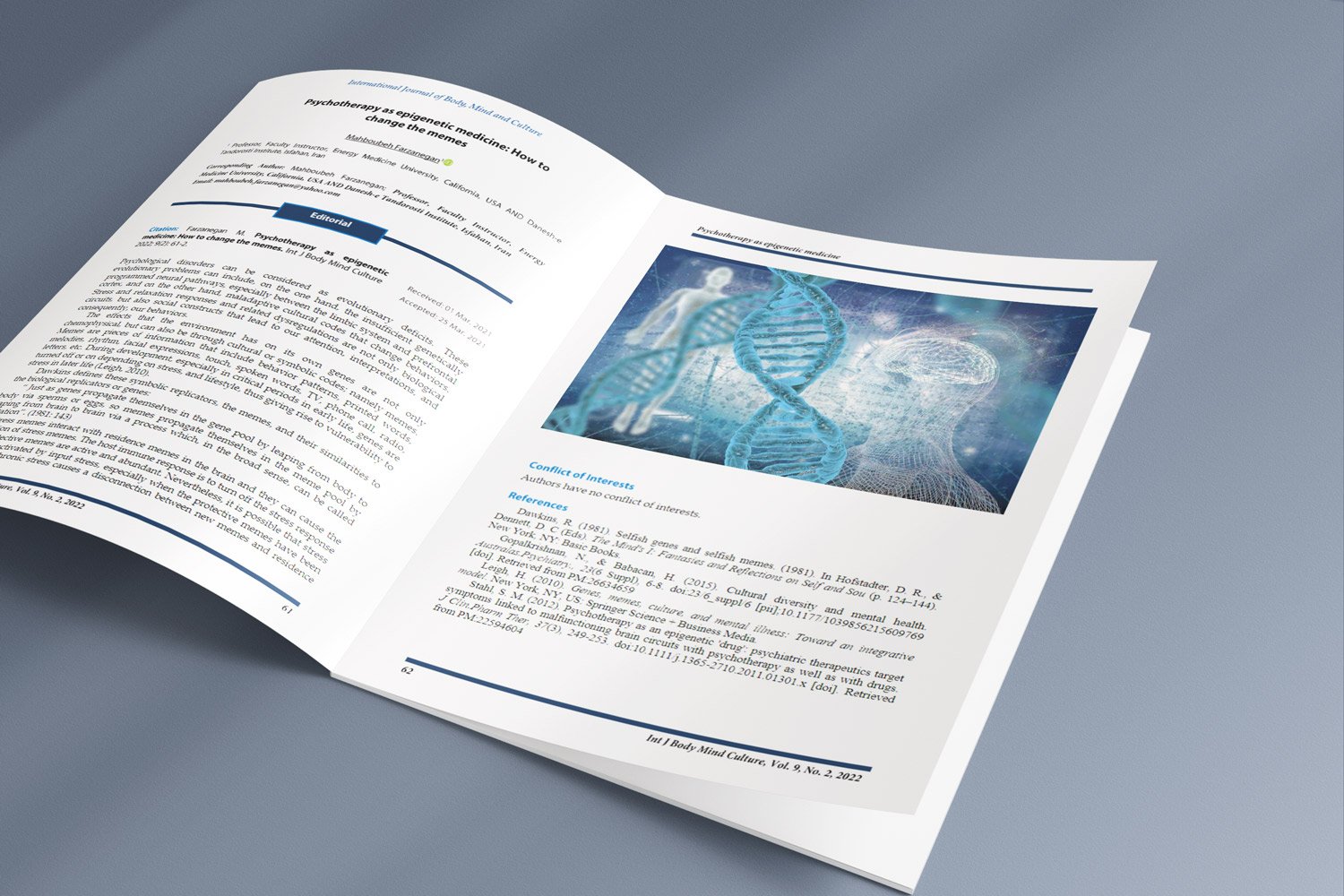Portrait of an Organ: A Cultural Analysis of Medical Images and Treatments of the Uterus
Downloads
Medical imaging of the uterus has a long, rich, and important history; yet, how the cultural past bears on current-day medical thinking and procedures is rarely considered. This paper examines the influential early modern idea of the autonomous womb, its resonance within modern medicine, and its traces in medical imaging and procedures. We argue that descriptions of the autonomous womb, as an isolatable, independent, and active body part, were ingrained into modern reproductive science during its formative period in the eighteenth and early nineteenth centuries, and have continued to resonate in modern medical imaging and practices. To demonstrate this phenomenon, we combined methodologies from cultural studies and visual studies to determine how the uterus is viewed and treated in medical science. Ultimately, this historical analysis contextualizes present-day uterine imaging and its associated medical practices such as hysterectomies, surrogacy, uterine transplantations, and extracorporeal gestation.
Downloads
Agar, N. I. C. H. (2007). Embryonic potential and stem cells. Bioethics, 21(4), 198-207.
Astruc, J. (1762). A Treatise on the Diseases of Women. London, UK: J. Nourse.
Barret, R. (1699). A companion for midwives. London, UK: Ax.
Bartholin, T., & Chadwyck, H. (1668). Bartholinus Anatomy; Made from the Precepts of His Father, and from the Observations of All Modern Anatomists Together with His Own ... in Four Books and Four Manuals Answering to the Said Books ... Published by Nich. Culpeper and Abdiah Cole. London, UK: John Streater.
Bracken, H. (1737). The Midwife's Companion: Or, a Treatise of Midwifery. London, UK: J. Clarke.
Brannstrom, M., Johannesson, L., Bokstrom, H., Kvarnstrom, N., Molne, J., Dahm-Kahler, P. et al. (2015). Livebirth after uterus transplantation. Lancet., 385(9968), 607-616. doi:S0140-6736(14)61728-1 [pii];10.1016/S0140-6736(14)61728-1 [doi]. Retrieved from PM:25301505
Buckley, J. (2017). Gender, Pregnancy and Power in Eighteenth-Century Literature: The Maternal Imagination. Basingstoke, UK: Palgrave Macmillan.
Bulletti, C., Palagiano, A., Pace, C., Cerni, A., Borini, A., & de Ziegler, D. (2011). The artificial womb. Annals of the New York Academy of Sciences, 1221(1), 124-128.
Caplan, A. L., Perry, C., Lauren, A. P., Joseph, S., & Frances, R. B. (2007). Moving the Womb. The Hastings Center Report, 37(3), 18-20.
Casper, M. J. (1999). Operation to the Rescue: Feminist Encounters with Fetal Surgery. In L.M. Morgan & M. W. Michaels (Eds.), Fetal Subjects, Feminist Positions (pp. 101-112). Philadelphia, PA: University of Pennsylvania Press.
Centers for Disease Control and Prevention. National Center for Health Statistics. National Survey of Family Growth. Accessed 28 September 2017. https://www.cdc.gov/nchs/nsfg/index.htm
Cobb, M. (2007). The Egg and Sperm Race: The Seventeenth-Century Scientists Who Unravelled the Secrets of Sex, Life and Growth. Toronto, Canada: Pocket Books.
Coleman, S. (2004). The Ethics of Artificial Uteruses: Implications for Reproduction and Abortion. Ashgate studies in applied ethics. Aldershot, UK: Ashgate Pub.
Cooke, J., & Hodgkin, T. (1685). Mellificium chirurgiæ, or, The Marrow of chirurgery: an anatomical treatise : institutions of physick, with Hippocrates's Aphorisms largely commented upon : the marrow of physick, shewing the causes, signs and cures of most diseases incident to humane bodies : choice experienced receits for the cure of several distempers. London, UK: T. Hodgkin.
Derchi, L. E., Serafini, G., Gandolfo, N., Gandolfo, N. G., & Martinoli, C. (2001). Ultrasound in gynecology. European Radiology, 11(11), 2137-2155.
van Deventer, H. (1746). The Art of Midwifery Improv'd. London, UK: Printed for W. Innys and C. Hitch.
Dionis, P. (1719). A general treatise of midwifery. London, UK.
Dwyer, J., Cerfolio, N., Murray, T. H., & Rosenthal, M. B. (1996). The value of a uterus. Hastings Cent.Rep., 26(2), 28-29. Retrieved from PM:8722523
Fageeh, W., Raffa, H., Jabbad, H., & Marzouki, A. (2002). Transplantation of the human uterus. Int J Gynaecol.Obstet, 76(3), 245-251. doi:S0020729201005975 [pii]. Retrieved from PM:11880127
Fuchs, A. R., Fuchs, F., Husslein, P., Soloff, M. S., & Fernstrom, M. J. (1982). Oxytocin receptors and human parturition: a dual role for oxytocin in the initiation of labor. Science, 215(4538), 1396-1398. doi:10.1126/science.6278592 [doi]. Retrieved from PM:6278592
Gibson, T. (1682). The Anatomy of Humane Bodies Epitomized. London, UK: by M.Flesher For T.Flesher.
Gilman, S. L., King, H., Porter, R., Rousseau G. S. & Showalter, E. (1993). Hysteria Beyond Freud. Berkeley, CA: University of California Press.
Gilman, S. L. (2014). Illness and Image: Case Studies in the Medical Humanities. Piscataway, NJ: Transaction Publishers.
Ginsburg, F., & Rapp, R. (1999). Fetal Reflections: Confessions of Two Feminist Anthropologists as Mutual Informants. In L.M. Morgan & M. W. Michaels (Eds.), Fetal Subjects, Feminist Positions (pp. 279-295). Philadelphia, PA: University of Pennsylvania Press.
Grynberg, M., Ayoubi, J. M., Bulletti, C., Frydman, R., & Fanchin, R. (2011). Uterine transplantation: a promising surrogate to surrogacy? Ann N.Y.Acad.Sci, 1221, 47-53. doi:10.1111/j.1749-6632.2011.05952.x [doi]. Retrieved from PM:21401629
Hartouni, V. (1997). Cultural Conceptions On Reproductive Technologies and the Remaking of Life (NED - New edition ed.). Minneapolis, MN: University of Minnesota Press.
Hinze, S. W. (1999). Gender and the Body of Medicine or at Least Some Body Parts: (Re)Constructing the Prestige Hierarchy of Medical Specialties. The Sociological Quarterly, 40(2), 217-239.
Hoff, T. J. (1998). Same Profession, Different People: Stratification, Structure, and Physicians' Employment Choices. Sociological Forum, 13(1), 133-156.
Huet, M. H. (1993). Monstrous Imagination. ACLS Humanities E-Book. Cambridge, MA: Harvard University Press.
Hunter, W. (1774). Anatomia uteri humani gravidi tabulis illustrata. E collectione-medingiana. London, UK: John Baskerville.
Jenkin, G., & Young, I. R. (2004). Mechanisms responsible for parturition; the use of experimental models. Anim Reprod.Sci, 82-83, 567-581. doi:10.1016/j.anireprosci.2004.05.010 [doi];S0378432004000995 [pii]. Retrieved from PM:15271480
Johnstone, F. Manifesto for a Visual Medical Humanities. Medical Humanities. https://blogs.bmj.com/medical-humanities/2018/07/31/manifesto-for-a-visual-medical-humanities/
Jordanova, L. J. (1989). Sexual visions: Images of gender in science and medicine between the eighteenth and twentieth centuries. Science and literature. Madison, WI: University of Wisconsin Press.
Jülich, S. (2017). Picturing Abortion Opposition in Sweden: Lennart Nilsson’s Early Photographs of Embryos and Fetuses. Social History of Medicine, 31(2), 278-307.
Kido, A., Togashi, K., Nishino, M., Miyake, K., Koyama, T., Fujimoto, R. et al. (2007). Cine MR imaging of uterine peristalsis in patients with endometriosis. Eur.Radiol., 17(7), 1813-1819. doi:10.1007/s00330-006-0494-9 [doi]. Retrieved from PM:17119973
King, H. (2004). The Disease of Virgins: Green Sickness, Chlorosis and the Problems of Puberty. London, UK: Routledge.
Kurjak, A., Miskovic, B., Andonotopo, W., Stanojevic, M., Azumendi, G., & Vrcic, H. (2007). How useful is 3D and 4D ultrasound in perinatal medicine? J Perinat.Med, 35(1), 10-27. doi:10.1515/JPM.2007.002 [doi]. Retrieved from PM:17313305
Kronenberg, H., Williams, R. H., Melmed, S., Polonsky, K. S., & Larsen, P. R. (2008). Williams Textbook of Endocrinology (pp.971-973).). Philadelphia, PA: Saunders.
Landau, J. (2012). Reproducing and Transgressing Masculinity: A Rhetorical Analysis of Women Interacting With Digital Photographs of Thomas Beatie. Women's Studies in Communication, 35(2), 178-203.
Lehmann, A., Scheffler, C., & Hermanussen, M. (2010). The variation in age at menarche: an indicator of historic developmental tempo. Anthropol.Anz., 68(1), 85-99. Retrieved from PM:20954458
Mowbray, J. (1724). The Female Physician, Containing All the Diseases Incident to that Sex, in Virgins, Wives, and Widows. London, UK: Printed for James Holland.
Mauriceau, F. (1710). The Diseases of Women with Child and in Child Bearing London, UK.
McTavish, L. (2005). Childbirth and the Display of Authority in Early Modern France. Women and Gender in the Early Modern World. Farnham, UK: Ashgate.
Memis, J. (1765). The Midwife's Pocket-companion: Or a Practical Treatise of Midwifery. London, UK: Edward and Charles Dilly.
Miller, V. (1752). The Man-plant: Or, Scheme for Increasing and Improving the British Breed. London, UK: M. Cooper.
Mitchell, W. J. T. (2004). What Do Pictures Want?: The Lives and Loves of Images. Chicago, IL: University of Chicago Press.
Mulic-Lutvica, A., Bekuretsion, M., Bakos, O., & Axelsson, O. (2001). Ultrasonic evaluation of the uterus and uterine cavity after normal, vaginal delivery. Ultrasound.Obstet Gynecol., 18(5), 491-498. doi:10.1046/j.0960-7692.2001.00561.x [pii];10.1046/j.0960-7692.2001.00561.x [doi]. Retrieved from PM:11844171
Nezhat, F., Nezhat, C., Gordon, S., & Wilkins, E. (1992). Laparoscopic versus abdominal hysterectomy. J Reprod.Med, 37(3), 247-250. Retrieved from PM:1532990
Nicolson, M. & Fleming, J. E. E.(2013). Imaging and Imagining the Fetus: The Development of Obstetric Ultrasound. Baltimore: Johns Hopkins University Press.
Oczeretko, E., Kitlas, A., Borowska, M., Swiatecka, J., & Laudanski, T. (2007). Uterine contractility: visualization of synchronization measures in two simultaneously recorded signals. Ann N.Y.Acad.Sci, 1101, 49-61. doi:annals.1389.007 [pii];10.1196/annals.1389.007 [doi]. Retrieved from PM:17435123
Partridge, E. A., Davey, M. G., Hornick, M. A., McGovern, P. E., Mejaddam, A. Y., Vrecenak, J. D. et al. (2017). An extra-uterine system to physiologically support the extreme premature lamb. Nat.Commun., 8, 15112. doi:ncomms15112 [pii];10.1038/ncomms15112 [doi]. Retrieved from PM:28440792
Pearson, H. (2007). Infertility researchers target uterus transplant. Nature., 445(7127), 466-467. doi:445466a [pii];10.1038/445466a [doi]. Retrieved from PM:17268438
Pechey, J. (1696). A General Treatise of the Diseases of Maids, Bigbellied Women, Child-bed-women, and Widows. London, UK: H. Bonwick.
Chamberlayne, T., Rhodes, H., Culpeper, N., Pechey, J., & de Mayerne, T. T. (1698). The Compleat Midwife's Practice. London, UK: H. Rhodes ... J. Philips.
Picciano, M. F., & McGuire, M. K. (2009). Use of dietary supplements by pregnant and lactating women in North America. Am.J Clin.Nutr., 89(2), 663S-667S. doi:ajcn.2008.26811B [pii];10.3945/ajcn.2008.26811B [doi]. Retrieved from PM:19073789
Pranghofer, S. E. B. A. (2015). Changing Views on Generation: Images of the Unborn. In R.A.Y.M. Stephanson & D. N. Wagner (Eds.), The Secrets of Generation (pp. 167-194). Reproduction in the Long Eighteenth Century. Toronto, Canada: University of Toronto Press.
Pugh, B. (1754). A Treatise of Midwifery: Chiefly with Regard to the Operation (pp.1-2). London, UK: J. Buckland.
Shapiro, E. (2015). Gender Circuits: Bodies and Identities in a Technological Age. Sociology Re-Wired. London, UK: Routledge.
Sharp, J. (1725). The Compleat Midwife's Companion, Or, The Art of Midwifry Improv'd: Directing Child-bearing Women how to Order Themselves in Their Conception, Breeding, Bearing, and Nursing of Children : in Six Books, Divided Into Several Chapters from Each Book : with Physical Prescriptions for Each Disease Incident to the Female Sex, Whether Virgins, Wives Or Widows : Adapted Chiefly for Their Use. London, UK: John Marshall.
Silver, C. B. (2007). Womb envy: loss and grief of the maternal body. Psychoanal.Rev, 94(3), 409-430. doi:10.1521/prev.2007.94.3.409 [doi]. Retrieved from PM:17581094
Smellie, W. (1768). A Collection of Cases and Observations in Midwifery (4th ed.). London, UK: D. Wilson and G. Nicol, and T. Durham.
Haraway, S. (2000). Reproducing the posthuman body: Ectogenetic fetus, surrogate mother, pregnant man. In J. Halberstam & I. Livingston (Eds.), Posthuman bodies (pp. 113-134). Bloomington, IN: Indiana University Press.
Stafford, B. M. (1993). Body Criticism: Imaging the Unseen in Enlightenment Art and Medicine. Mit Press (pp.211-253).). Cambridge MA: MIT Press.
Sugimoto, Y., Inazumi, T., & Tsuchiya, S. (2015). Roles of prostaglandin receptors in female reproduction. J Biochem., 157(2), 73-80. doi:mvu081 [pii];10.1093/jb/mvu081 [doi]. Retrieved from PM:25480981
Todd, D. (1995). Imagining Monsters: Miscreations of the Self in Eighteenth-Century England. Chicago, IL: University of Chicago Press.
Turner, D., Rivington, C., & Clarke, J. (1742). The art of surgery. London, UK: Printed for C. Rivington ..., and J. Clarke.
van Diemerbroeck, I. (1694). The Anatomy of Human Bodies. London, UK.
Velasco, S. M. (2006). Male delivery: reproduction, effeminacy, and pregnant men in early modern Spain. Nashville, TN: Vanderbilt University Press.
Vidaeff, A. C., & Ramin, S. M. (2008). Potential biochemical events associated with initiation of labor. Curr Med Chem., 15(6), 614-619. Retrieved from PM:18336276
Wilson, A. (1995). The Making of Man-midwifery: Childbirth in England, 1660-1770. Concepts in Social Thought. Cambridge MA: Harvard University Press.
Wright, J. D., Herzog, T. J., Tsui, J., Ananth, C. V., Lewin, S. N., Lu, Y. S. et al. (2013). Nationwide trends in the performance of inpatient hysterectomy in the United States. Obstet Gynecol., 122(2 Pt 1), 233-241. doi:10.1097/AOG.0b013e318299a6cf [doi];00006250-201308000-00008 [pii]. Retrieved from PM:23969789
Zervomanolakis, I., Ott, H. W., Hadziomerovic, D., Mattle, V., Seeber, B. E., Virgolini, I. et al. (2007). Physiology of upward transport in the human female genital tract. Ann N.Y.Acad.Sci, 1101, 1-20. doi:annals.1389.032 [pii];10.1196/annals.1389.032 [doi]. Retrieved from PM:17416925






